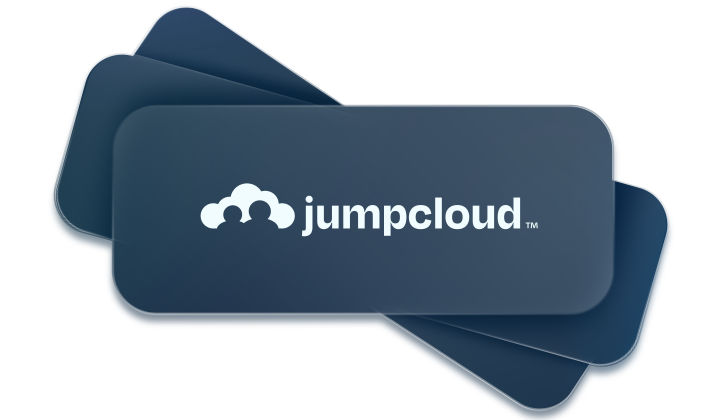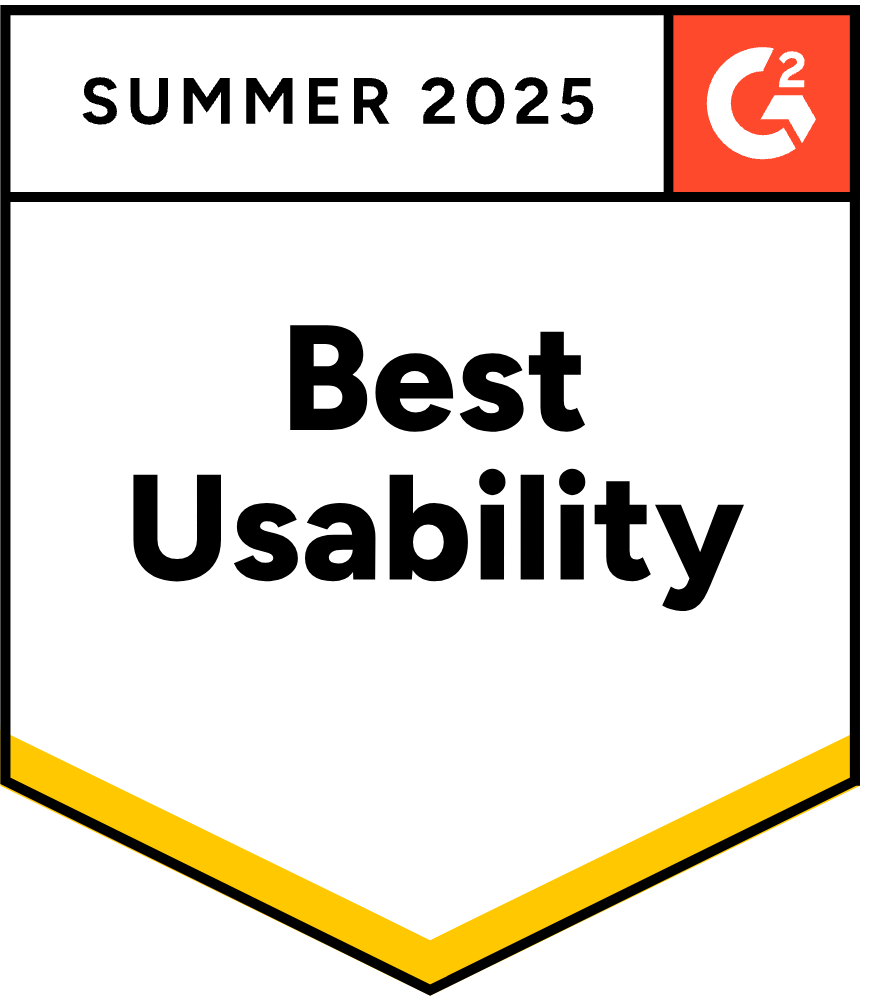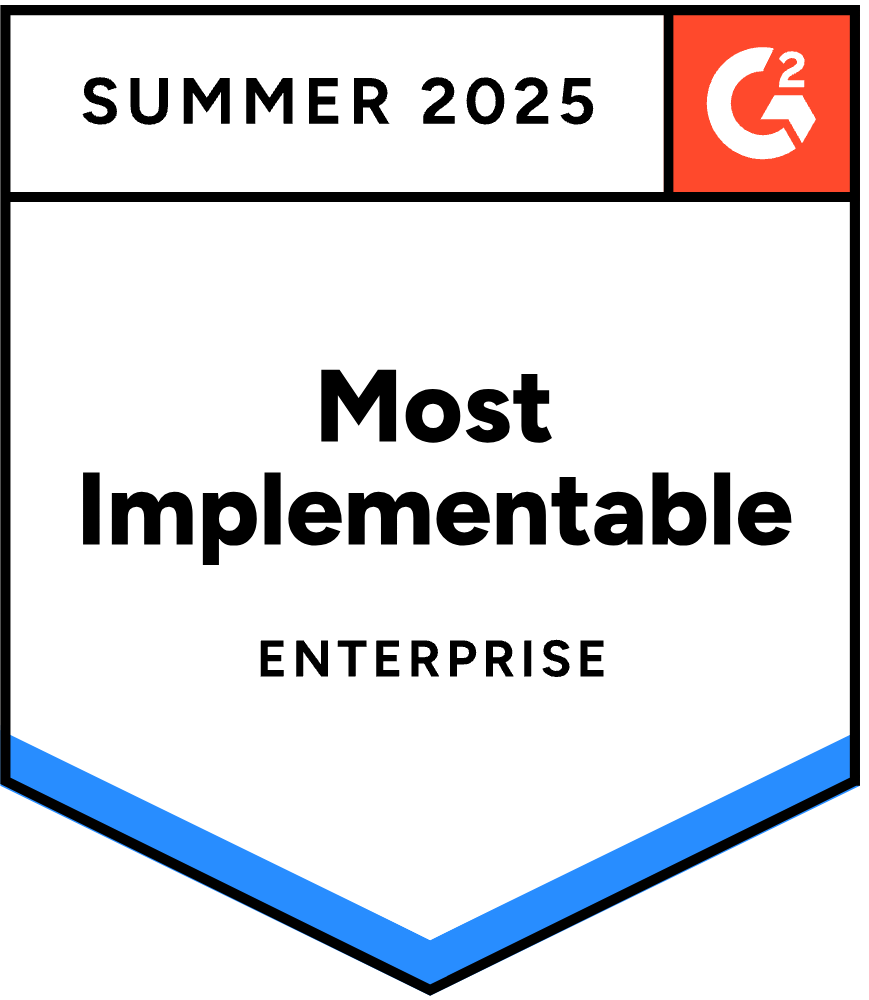JumpCloud vs Okta
Go beyond just IAM only. Compare JumpCloud vs. Okta to see how a unified identity, access, and device management platform sets JumpCloud apart from all other vendors like Okta.

JumpCloud vs. Okta: How to Choose
JumpCloud and Okta each offer powerful identity and access management (IAM) solutions to secure user access to company resources. However, organizations seeking a unified IT platform to manage users AND the devices they use to get access choose JumpCloud. Over 250,000 organizations rely on JumpCloud to simplify their IT operations. Here’s why:
1. Access management that goes beyond just SSO.
Despite what Okta might try to tell you, true access management is more than SSO. With JumpCloud, you can manage the entire user lifecycle from onboarding and provisioning to asset discovery and offboarding. Don’t gamble on whether you’ve successfully stripped former employees of all entitlements: verify and enforce it with JumpCloud’s superior control.
2. IT that scales with you, no matter how you evolve.
HR and payroll systems change. Marketing tools and even cloud providers change. But your identity provider? That’s non-negotiable. With JumpCloud, you can swap in and out whatever resources you need, without the headache of reconfiguring your entire access control system. As your business grows, JumpCloud adapts and integrates with your toolset, securing identities every step of the way.
3. Devices are the gateway to your organization. Tie them to your identities.
Your devices are the entry point to your organization. So why treat them like an afterthought? With JumpCloud, devices and identities don’t just coexist—they act as one. With contextual access, only the right people, on the right devices, get through. While Okta leaves you piecing together device and identity management with third-party tools, JumpCloud has it all built in.
JumpCloud
Okta

SSO, MFA, Cloud RADIUS, Cloud LDAP, Device Trust, Easier setup, cross-OS support, lower cost

Okta SSO, MFA,Cloud RADIUS and Cloud LDAP DeviceTrust N/A Complex setup, higher cost

For apps, devices, files, networks, and cloud infrastructures, passwordless login

For cloud apps, devices (limited) Risk scores based on user activity.

MFA across devices, apps, networks Built-in MFA MFA integrations

For cloud apps No in-depth device security

Built-in password manager for desktops, laptops, and mobile devices Device-hosted password vaults

For apps

For users, devices, and SaaS apps Automated/scheduled imports and account activation

For users and apps

Web and on-prem apps (M365, Google Workspace, HRIS, more) IaaS like AWS, Google Cloud

Cloud integrations

Windows, macOS, Linux, Android, iOS and iPadOS devices

Across all IT resources (devices, apps, networks, cloud, on-prem)

Across cloud apps, limited for devices or networks Requires 3rd-party integration for on-prem

Automated Version control Windows, macOS, Ubuntu Linux, browsers, and (Windows) apps

Remote Assist & Background Tools for remote sessions and troubleshooting (Windows, Mac, Linux)

SaaS discovery, access control, spend optimization
Requires 3rd party integrations

macOS, Windows, Linux, iOS, iPadOS and Android

IAM, device management, reports, SaaS discovery

IAM and reports
Customers Recognize The Value of JumpCloud
Don’t take our word for it.
Frequently Asked Questions
JumpCloud and Okta are both strong IAM providers, but they focus on different strengths. JumpCloud offers a unified platform with identity, device, and access management across cloud and on-prem, making it a good choice for companies with mixed device types (Windows, Mac, Linux etc.) and hybrid workforce. Okta primarily focuses on cloud apps and IAM, with limited on-prem integrations and no Linux support. Companies looking for Okta alternatives find JumpCloud’s broader scope more cost-effective and comprehensive than Okta.
JumpCloud is designed to simplify IT at all fronts including compliance with regulatory standards like GDPR, HIPAA, and SOC 2. Its unified access and device management, MFA, detailed audit logs, and SaaS management solutions help organizations meet compliance requirements across diverse environments, making it a more comprehensive Okta alternative.
For mid-sized companies and MSPs considering JumpCloud vs Okta, JumpCloud’s all-in-one approach is more cost-effective than Okta, especially if your business needs both IAM and device management. By consolidating these capabilities into one platform, JumpCloud reduces the need for multiple vendors and licensing fees, while Okta may require additional tools which can increase overall costs.
JumpCloud is designed to Make Work Happen® regardless of where your employees or contractors work. With powerful capabilities including mobile device management, remote troubleshooting and multi-OS support, IT teams can securely control access and configurations for remote/hybrid workforce across any location from a managed device.




